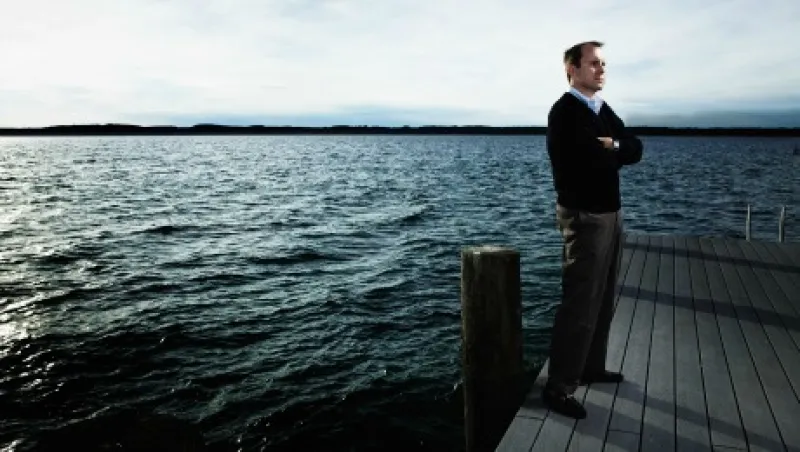
Gaining from Disorder: Translating Taleb
“The Black Swan” author’s newer idea, antifragility, went over the heads of many in the financial world, but that is starting to change.
Jeffrey Kutler
August 15, 2014


